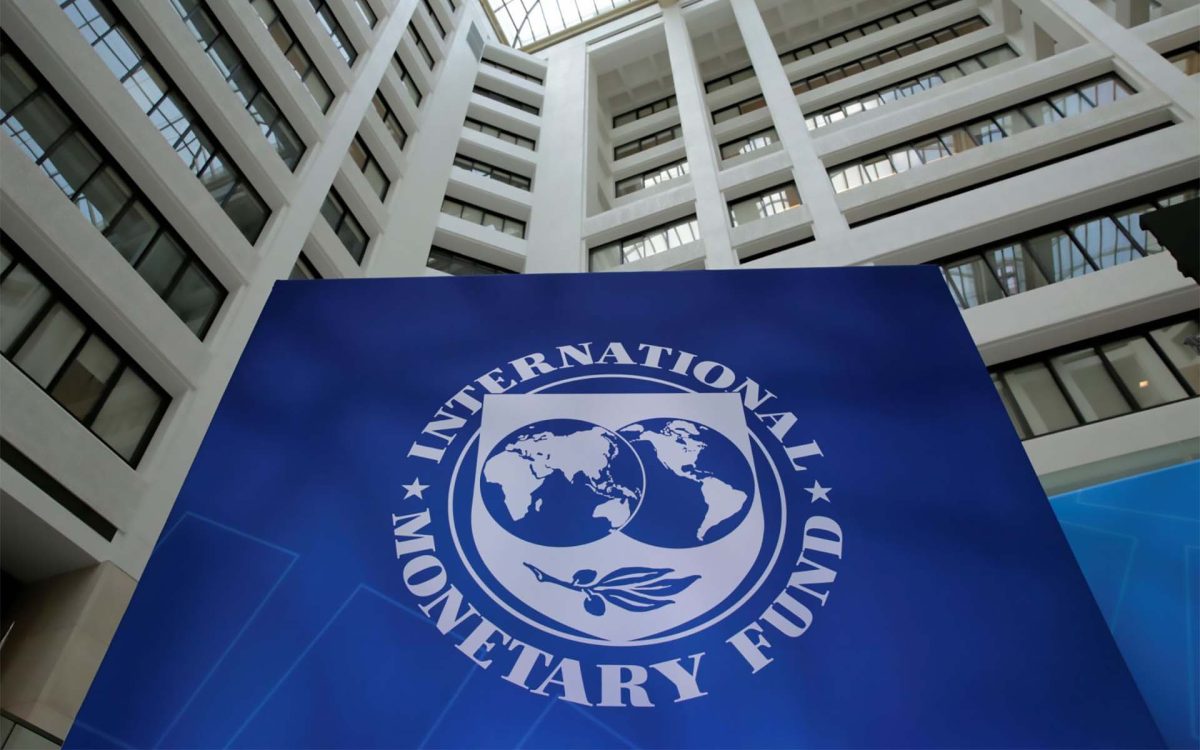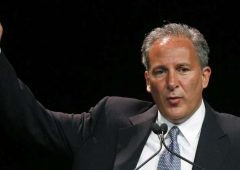IMF Projects Global Inflation to Decline Amid Economic Resilience
23.10.2024 19:00 1 min. read Alexander Stefanov
Global inflation is anticipated to decline to 3.5% by the end of 2025, largely due to a resilient global economy, as reported by the International Monetary Fund (IMF).
After reaching 9.4% in Q3 2022, inflation is nearing central bank targets, with growth projected to stabilize at 3.2% for 2024 and 2025.
This reduction could lower living costs and interest rates, benefiting risk assets like cryptocurrencies.
However, IMF Chief Economist Pierre-Olivier Gourinchas warned of potential risks from geopolitical tensions, especially in the Middle East, and uncertainties surrounding the U.S. presidential election.
Despite positive forecasts, the IMF called for policy reforms related to interest rates, government spending, and productivity to sustain growth. While the U.S. is expected to lead growth, advanced economies in Europe may experience slowdowns due to escalating global conflicts.
In contrast, billionaire hedge fund manager Paul Tudor Jones expressed concerns about rising inflation, citing the U.S. government’s significant debt and projected fiscal deficits. He suggested that inflating out of debt, similar to Japan’s strategy, might be necessary to address spending issues and avoid financial instability.
-
1
Economic Instability and Political Shift Fueling Bitcoin’s Rise – Galaxy Digital CEO
23.05.2025 12:00 2 min. read -
2
Trump Renews Attack on Fed Chair, Calls for Immediate Rate Cuts
18.05.2025 8:00 1 min. read -
3
Japan’s Inflation Hits 3.5% as Food Prices Soar and Tariff Risks Loom
23.05.2025 21:00 1 min. read -
4
US Dollar Dominance Under Threat Amid Yuan’s Global Ambitions
22.05.2025 14:00 2 min. read -
5
Wall Street Analyst Sees Bright Side of Ballooning U.S. Debt
30.05.2025 8:00 2 min. read
Tariffs Threaten to Stall U.S. Growth in 2025, Recovery Not Expected Until 2026
The U.S. economy may be closer to a downturn than many realize, according to Jay Bryson, chief economist at Wells Fargo.
Dollar Faces Deep Decline as Fed Cuts Pressure Currency, Warns Morgan Stanley
Morgan Stanley has issued a cautionary outlook on the U.S. dollar, predicting a major decline over the coming year as Federal Reserve rate cuts take hold.
Trillions in Debt Payments Could Break U.S. Economy, Ray Dalio Predicts
Legendary investor Ray Dalio has issued a stark warning about the trajectory of U.S. government finances, suggesting the country is drifting toward a series of severe economic shocks unless its debt spiral is urgently addressed.
Wall Street Veteran Warns Tariffs Could Disrupt AI-Driven Market Rally
Steve Eisman, the famed investor known for forecasting the 2008 housing collapse, is sounding the alarm—not on overvalued tech stocks or interest rates, but on the escalating risk of global trade disputes.
-
1
Economic Instability and Political Shift Fueling Bitcoin’s Rise – Galaxy Digital CEO
23.05.2025 12:00 2 min. read -
2
Trump Renews Attack on Fed Chair, Calls for Immediate Rate Cuts
18.05.2025 8:00 1 min. read -
3
Japan’s Inflation Hits 3.5% as Food Prices Soar and Tariff Risks Loom
23.05.2025 21:00 1 min. read -
4
US Dollar Dominance Under Threat Amid Yuan’s Global Ambitions
22.05.2025 14:00 2 min. read -
5
Wall Street Analyst Sees Bright Side of Ballooning U.S. Debt
30.05.2025 8:00 2 min. read


